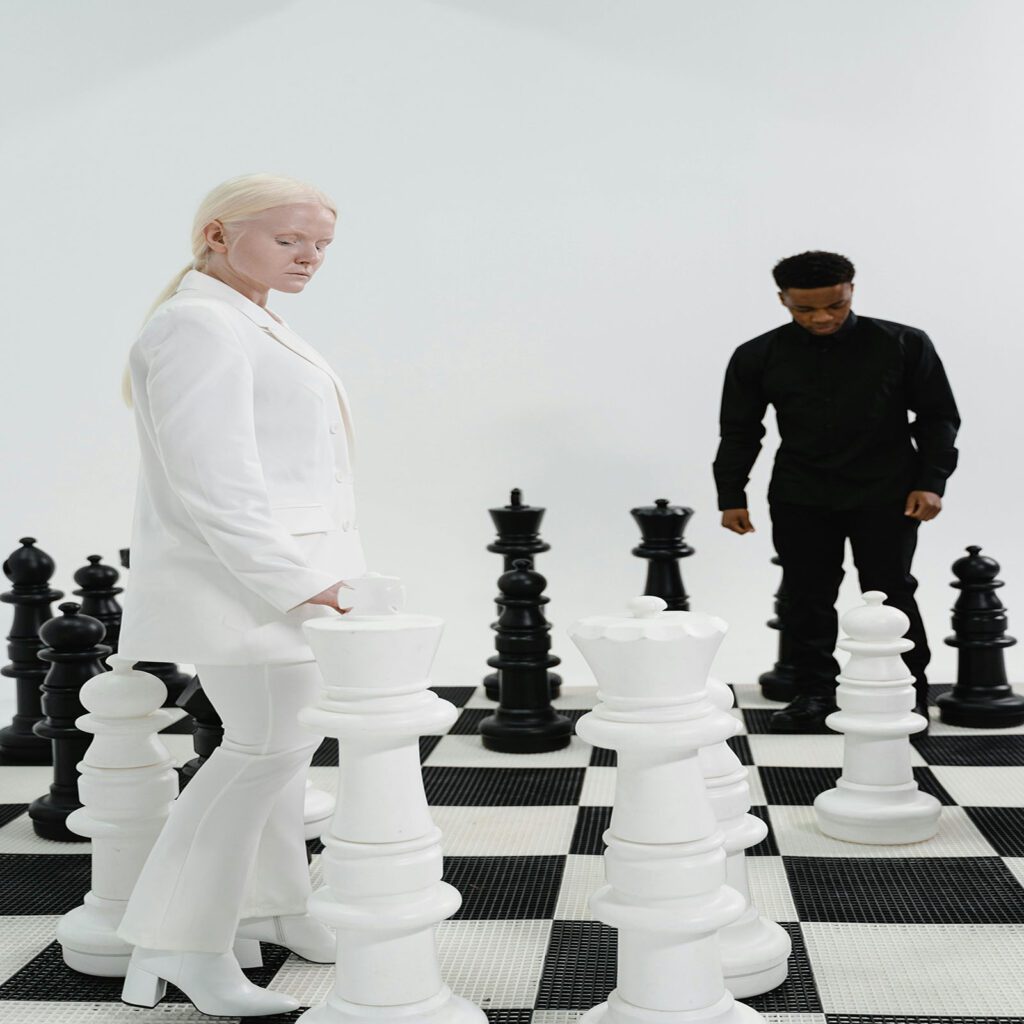In the realm of decision making within organisations, the dynamics often resemble a complex game, where each player’s strategy influences the other. The game theory approach, a mathematical model of conflict and cooperation, offers a unique lens to dissect and understand these dynamics. It allows us to analyse the strategic interactions between decision makers and how they shape the outcomes of decisions.
Imagine yourself as a chess player, every move you make on the board has implications not only for your position but also for your opponent. Similarly, a decision maker in an organisation must consider the impact of their decisions on others and anticipate their reactions. This is where the game theory approach comes into play, providing a framework for understanding and navigating these complex interactions.
One of the key concepts in game theory is the ‘Nash equilibrium’, named after mathematician John Nash. This concept describes situations where no player can benefit from changing their strategy while other players keep theirs unchanged. In the context of organisational decision making, reaching a Nash equilibrium means achieving a state where further change does not bring about any additional benefit, given that others stick to their current strategies.
Just like in a game of chess, reaching this equilibrium requires strategic thinking and careful planning. It requires decision makers to consider the potential reactions of others and adjust their strategies accordingly. At the same time, they must be prepared to adapt their strategies if others change theirs, in order to maintain the balance and continue to achieve the best possible outcome.
However, the game theory approach is not without its challenges. One of the main difficulties lies in predicting how others will react to a decision. This requires a deep understanding of the individuals involved and their motivations, as well as the broader organisational context. Moreover, achieving a Nash equilibrium is not always possible or desirable. In some situations, it may be more beneficial to pursue a strategy that disrupts the equilibrium in order to create new opportunities or drive change.
Despite these challenges, the game theory approach offers valuable insights for decision makers. It highlights the importance of strategic thinking and the need to consider the potential impacts of decisions on others. It also encourages decision makers to be adaptable and responsive, ready to adjust their strategies as the game unfolds.
In the ever-changing landscape of organisational decision making, game theory serves as a compass, guiding decision makers through the complex dynamics of strategic interactions. It reminds us that decision making is not a solitary activity, but a game where the moves of one player influence the others. By understanding these dynamics and learning to navigate them effectively, decision makers can make more informed and strategic decisions, ultimately leading to better outcomes for the organisation.
As we reflect on the game theory approach, let’s remember the value it brings to our decision-making processes. It’s not just about winning the game, but understanding the game we’re playing. By seeing decision making as a strategic interaction, we can anticipate the moves of others, adapt our strategies, and navigate the complex chessboard of organisational decision making more effectively.
Reference:
Nash, J. (1950). Equilibrium points in n-person games. Proceedings of the National Academy of Sciences, 36(1), pp.48-49.







